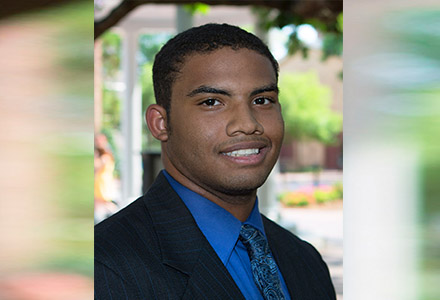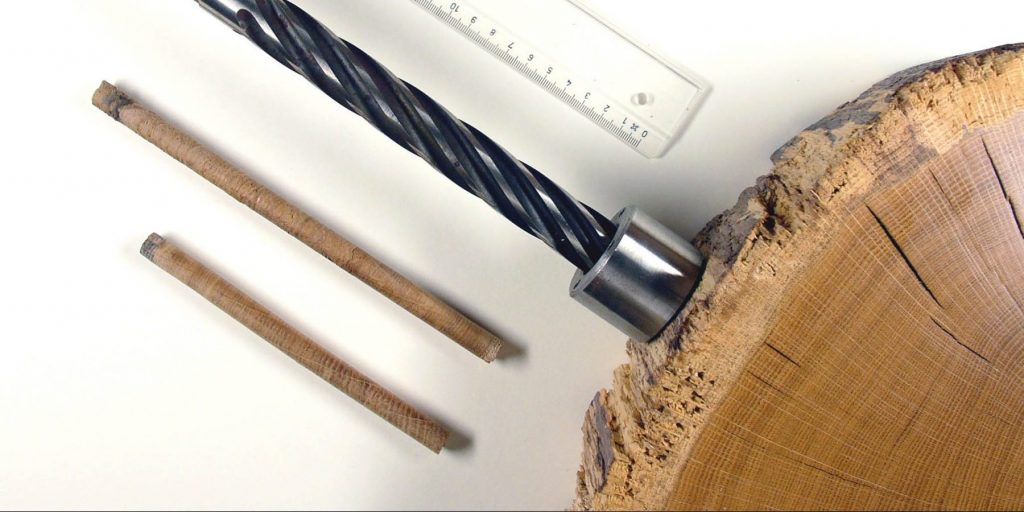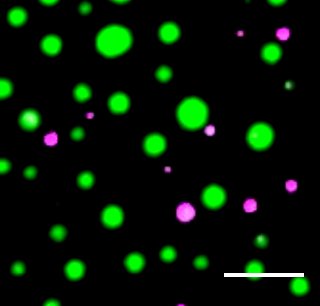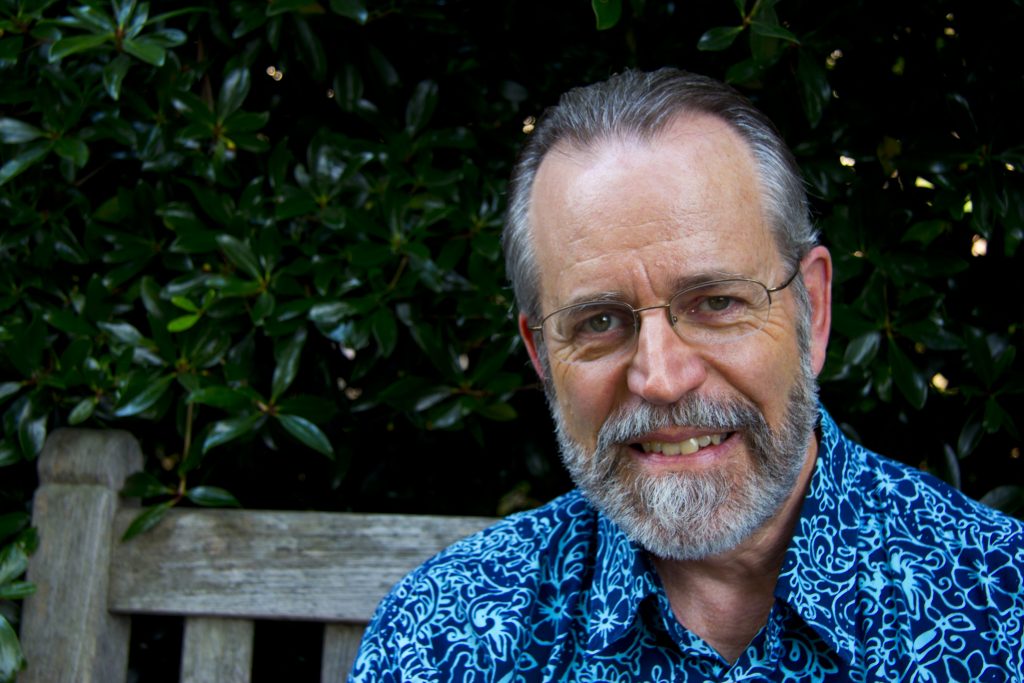
An old adage says you learn by doing, and at Carolina new teaching technologies are proving the point.
More and more instructors – particularly in STEM (science, technology, engineering and math) disciplines – are “flipping” the classroom: making available lectures outside of class that free up class time for the kinds of activities that will drive those lessons home.
“We know that what helps students retain information is when they can draw on an experience,” said Kevin Guskiewicz, senior associate dean for the natural sciences in the College of Arts and Sciences. “So, while Carolina is a place that holds on to our traditions and counts our history as very important, we’re progressive in our advancements in the sciences.”
To that end, Carolina needed to advance the way it taught science, too.
The trajectories of Carolina’s future scientists are influenced as early as students’ first two years on campus, when they are more likely to take large lecture-style introductory courses. Called gateway courses, they are the building blocks of work to come: the information retained there is vital to success in the next level class.
Programs like the Chancellor’s Science Scholars and UNC-BEST have been in place at Carolina to nurture students and future teachers interested in the sciences. Now, grants from the Association of American Universities (AAU) and the National Science Foundation (NSF) are giving Carolina the opportunity to transform the large lecture class and to allow the enterprising teaching and learning techniques of some of Carolina’s most innovative faculty to lead the way.
It’s not about cramming more into a class, or overloading young scholars with more work.
“We’re making more efficient use of the available time to allow students to apply the knowledge through activities, which will help them retain it and better prepare them for what’s next,” said Guskiewicz.
Finding a better way
Professor Laurie McNeil, who has taught physics at Carolina since 1984, served on a national task force in the early 2000s to confront the plummeting numbers of physics majors nationwide.
At that time, Carolina’s introductory courses in physics followed a traditional model – three lectures a week, plus one hour of recitation with a graduate teaching assistant and a lab.
Physics educators have a long history of research with teaching and learning, McNeil said, and she became deeply acquainted with that information when serving on the task force.
“It showed that droning at the blackboard wasn’t very effective and ‘teaching by telling’ just doesn’t work,” she said. “I had no right to ignore this and continue teaching the way I had been.”
As chair of the physics and astronomy department from 2004 to 2009, McNeil decided to lead a shift. She plotted out a transformation of introductory physics classes that would make them more effective – and more enjoyable – for students.
With funding from the NSF, McNeil and her colleagues began to renovate classrooms and redesign teaching material for gateway courses to the studio model where students are given material to view or read in advance and then spend two hours working together to do experiments and solve problems in small groups or engage in a guided demonstration before discussing it.
When McNeil first began implementing the new teaching methods in her class, she saw what a welcome change it was. Once you go to a studio model, she said, you never go back.
“I’d give a 10-minute exposition – and of course I’d been doing this for many years, so I thought it was a good one – and then walk around the classroom and realize that nothing I said made an impression,” she said. “Physics is hard – you can’t get around that – but this way you aren’t just talking at a sea of faces: You are finding out what they know and what excites them.”
Taking a chance on a new direction
As Carolina wraps up the first year of the AAU grant, Michael Crimmins, Mary Ann Smith Professor of Chemistry and the grant’s principal investigator, said preliminary evaluations show students in flipped classrooms are, comparatively, leaving the courses better prepared.
Crimmins was in Guskiewicz’s position in 2012 when the college’s dean, Karen Gil, charged a task force to look into best practices for larger undergraduate lecture courses throughout the college. He and Kelly Hogan, a senior lecturer in biology who had already flipped her Biology 101 class, chaired the task force.
“I was motivated by this idea that we could do this so much better than we’d done in the past,” said Crimmins. “Teaching organic chemistry was often frustrating because I’d see the averages go down with each exam, and I knew what had happened. They hadn’t retained the basic information in the first part of the semester.”
The task force learned that many faculty members wanted to redesign courses, but had no time.
When the AAU made a call for proposals on how to transform STEM education, Carolina put forth a fairly simple idea: if time was the biggest obstacle to instructors, why not use the grant to pair them in a team-teaching environment with another instructor already familiar with the methods? By implementing this mentorship-apprentice program in three departments – physics, chemistry and biology – faculty would have the time to redesign, and learn to lead, introductory gateway courses. The goal is to redesign 11 such gateway courses over three years.
“Four courses had already been done, so this was already happening at Carolina,” Crimmins said. “This allowed us to set up a mentorship-apprentice program such that the faculty apprentice could learn how to teach it after the course had been redesigned.”
This past fall, Crimmins, whose administrative duties had kept him from being in the classroom for nearly seven years, was paired with Jennifer Krumper, a lecturer in chemistry, to redesign an organic chemistry course. They recorded 80 lecture videos and devoted classroom time to using personal response systems (clicker-like devices students use to respond to instructors’ questions), small-group work and peer interaction to solve problems.
Crimmins said he knows it won’t be an easy change for all lecturers, because it wasn’t easy for him. The work it took to redesign a course was hefty.
“I hadn’t taught in a while, so I threw out the old way and jumped off the cliff and hoped it would work,” he said. “I just wanted to do no harm.”
The result: when Crimmins gave the same organic chemistry exam he had given to classes years before, scores were, on average, eight to 10 points higher with the flipped classroom.
“I had data from more than 10 years of students that didn’t really vary that much. Yet, we had this huge jump last semester in this new class,” he said. “Students had a deeper understanding of the material in terms of connecting the dots between concepts, so we can say, yes, this works.”
Holding students accountable
Students Keegan McBride (left) and Caleb Jadrich learn about wave behavior using an interactive simulation. (Photo by Melanie Busbee)
Hogan, who has been on the Department of Biology’s faculty for 10 years and will become the college’s director of instructional innovation in July, gave up a strict lecture style years ago, seeking out research on experimental teaching and trying different ways to engage her biology students. She found it wasn’t only the interaction in what she calls a “high-structure” class that increased performance – it was the accountability.
“It’s human behavior to put off the work you have outside of class,” she said. “But in these classes, the outside work is required to do the activity. When students are held accountable for what they need to learn before they even walk through the door, they are much better prepared.”
Hogan, who has a doctorate in pathology and whose love of creative teaching led her to a career in higher education, used to have periodic “aha” moments with students after class and in office hours. Now, they happen in real time.
“A student would come and tell me something they hadn’t understood, and it would be eye-opening because I hadn’t imagined they’d seen it that way,” she said. “I have hundreds of those ‘aha’ moments now, but it’s in the moment, when I’m walking around, talking to students as they work together, and I can see how they are doing.”
One such moment came after an immunity lesson, when Hogan asked students to indicate by their personal response systems who had received their flu vaccines. She then walked around, asking the secondary question: why not?
Their personal misconceptions played right into the lesson on the importance of the vaccine to protect against the disease.
Hogan’s students began asking more informed questions, suggesting a better understanding of material, and when compared to classes she had taught with more traditional methods, the achievement gap for first-generation students disappeared, and for black students, decreased by half.
“It’s an evolutionary process, and we’re ahead of the game in terms of how accepted it is here by instructors that there has got to be a better way,” she said. “I’ve seen so much enthusiasm and collaboration just by bringing different departments together to solve a problem.”
Both the AAU and the NSF will use the data that come from the different research projects to influence education broadly. And, with positive preliminary results even before the grants are completed, Guskiewicz is even more convinced that Carolina is the place to lead such a transformation in college education.
“We want to be known as the top public research university in the nation, and what I love about Carolina’s faculty, whether it’s the sciences or the humanities, is that we pride ourselves in excellence in teaching as well as excellence in research. And when those two intersect, it’s a win-win,” he said.




